Her books are in millions of children's rooms around the world. And adults also love the heroes from Astrid Lindgren's books:Pippi Longstocking, Ronja the Robber's Daughter, Karlsson vom Dach or Michel from Lönneberga.
Happy childhood
With her worldwide success "Pippi Longstocking", Astrid Lindgren established a new tone in children's and youth literature. The Swedish author vehemently and unabashedly pleaded for the free development of children.
Lindgren herself said the secret of her success lay in her own happy childhood, which inspired many of her stories.
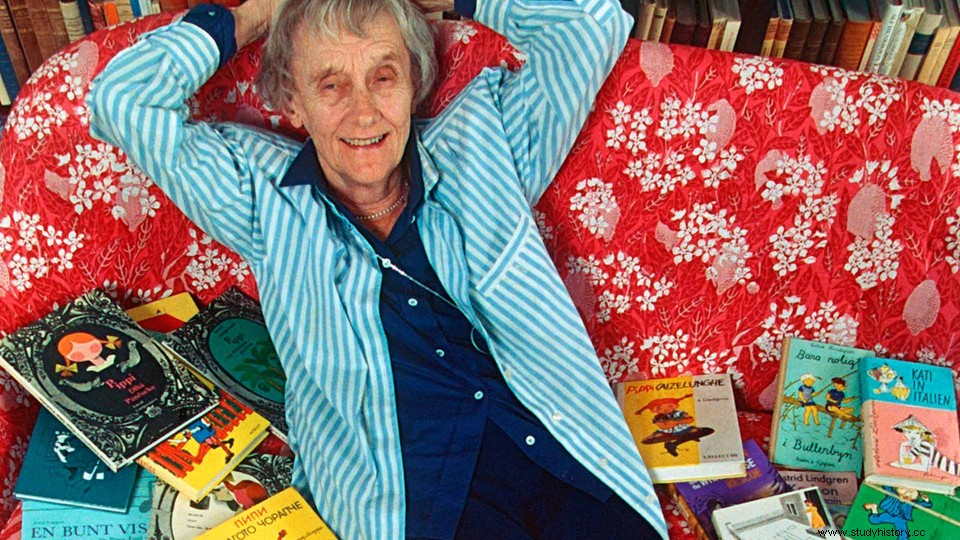
The writer and her works
Astrid Lindgren was born Astrid Anna Emilia Ericsson on November 14, 1907 on the Näs farm on the outskirts of the small town of Vimmerby in Småland, Sweden.
She and her three siblings grew up in loving security. Meadows, forests, groves, haylofts and barns were available for them to play with the other children in the village.
In her "Bullerbü" books, Astrid Lindgren later recorded many experiences and the free atmosphere of those years. She believed that childhood sets the course for a person's future.
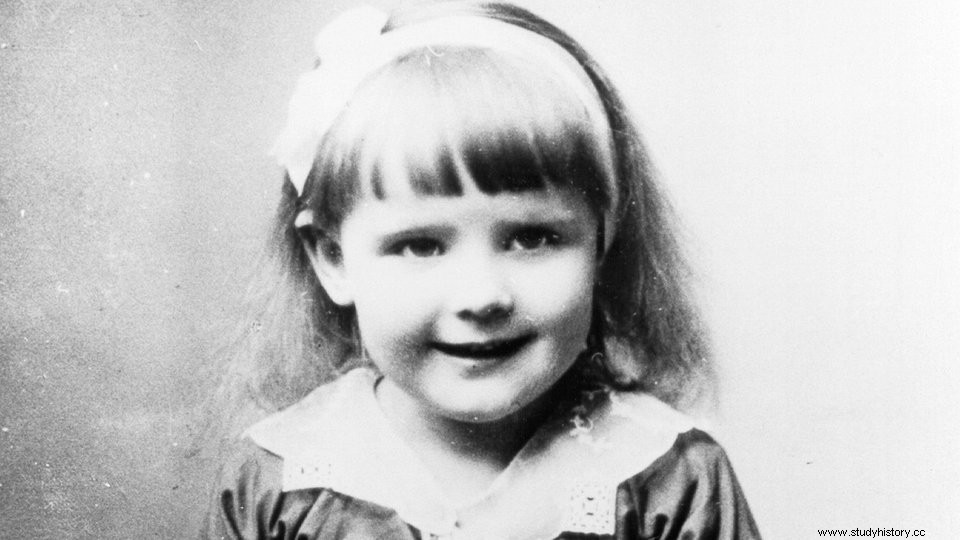
Astrid Lindgren as a child
Troubled Youth
But the life of the young Astrid Ericsson was less tranquil. In the 1920s, the image of women in society changed fundamentally. Inspired by role models such as the actress Marlene Dietrich, women were now decidedly sensual and self-confident.
The new image of women also reached Vimmerby in Sweden. Astrid Ericsson cut her hair short, which was enough to cause a stir in the Swedish countryside.
Not only her non-conformity, but also her talent for writing was recognized early on. She began as a trainee at the local newspaper and was one of the first women to work as a journalist.
Her affair with an older man led to her getting pregnant unmarried at the age of 17 and without completing her education.
Difficult years and first successes
At that time, an illegitimate child was still considered a scandal. In order to escape social ostracism in the countryside, Astrid Ericsson left Vimmerby and began training as a secretary in Stockholm in 1926.
On December 4, 1926, she gave birth to her son Lars in the Danish capital Copenhagen. Lars, who was usually called Lasse, spent his early years with Danish foster parents. Only from 1930/31 did he live with his mother again. For Astrid Ericsson, this was a time of great poverty and loneliness.
In 1928 she became a secretary in the Royal Automobile Club. There she met her future husband Sture Lindgren, whom she married in 1931. Astrid Ericsson became Astrid Lindgren, who later became so famous.
The couple's daughter, Karin, was born in 1934. In the same year, the writer Lindgren had her first successes. Some of her fairy tales appeared in Swedish magazines for the first time. But she had to wait another ten years for her breakthrough.
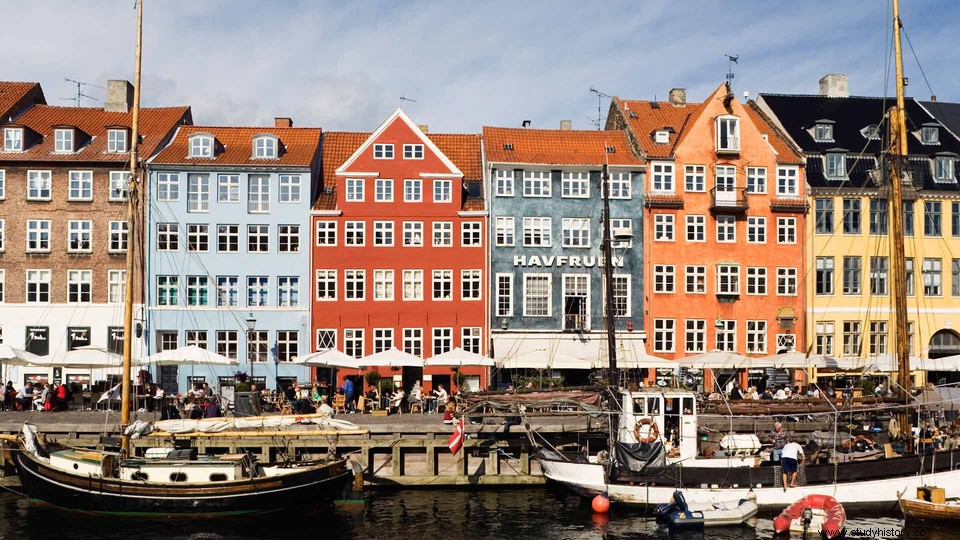
Astrid Lindgren gave birth to her son in Copenhagen
"Pippi Longstocking"
"Pippi Longstocking" was the name of the red-haired, cheeky girl who finally helped Astrid Lindgren to become world famous. Pippi was probably her most famous and anarchist figure. It was created in 1944 as a birthday present for Astrid Lindgren's daughter Karin.
Astrid Lindgren initially had great difficulty finding a publisher for the manuscript. According to critics, her imagination was insane and the influence of the "Pippi character" on children harmful, if not dangerous.
Several German publishers also rejected the manuscript, in which a little girl lives in her own house with a monkey and a horse.
In 1949, the publisher Friedrich Oetinger met the author on a visit to Sweden. He recognized the book's bestseller potential, published "Pippi Longstocking" in German translation and became Astrid Lindgren's publisher.
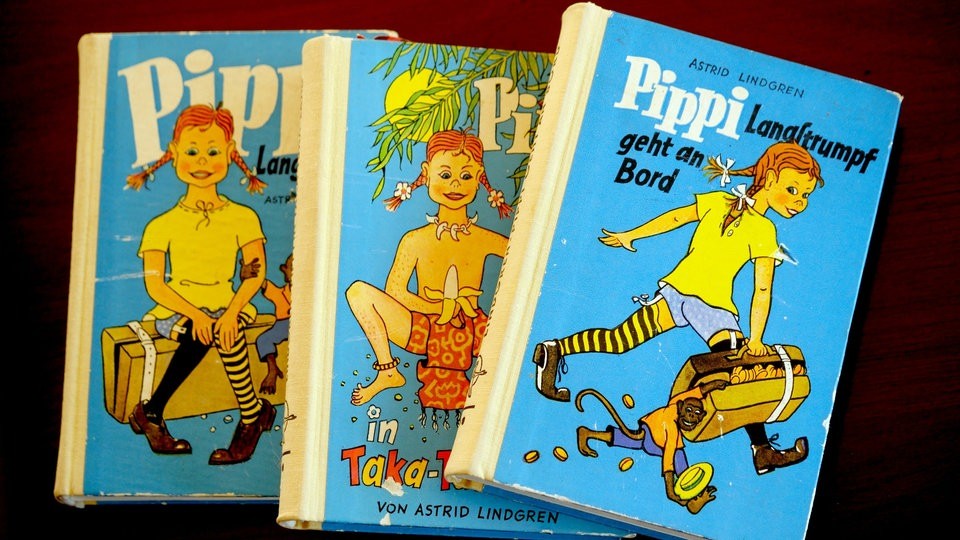
"Pippi Longstocking" became a worldwide hit
The literary work
Astrid Lindgren incorporated her life experiences – a happy childhood, her own rebelliousness and early motherhood – into her children's books. "The Children from Noisemaker Street" and "The Children from Bullerbü" evoke the idyll of childhood.
Astrid Lindgren's favorite book "Michel aus Lönneberga" contains stories that Lindgren's father told his children. Incidentally, in the Swedish original, Michel is called Emil - the name was changed for the German books to avoid confusion with Erich Kästner's children's book "Emil and the Detectives".
Astrid Lindgren's strongest characters are her rebellious girls:"Pippi Longstocking" and "Ronja the Robber's Daughter", published in 1981. Loneliness, isolation, death and farewell are at the center of "Brothers the Lionheart", "Mio mein Mio" and "Karlsson vom Dach".
All of Lindgren's works have one thing in common:unrestricted commitment to children's free development and their own world.
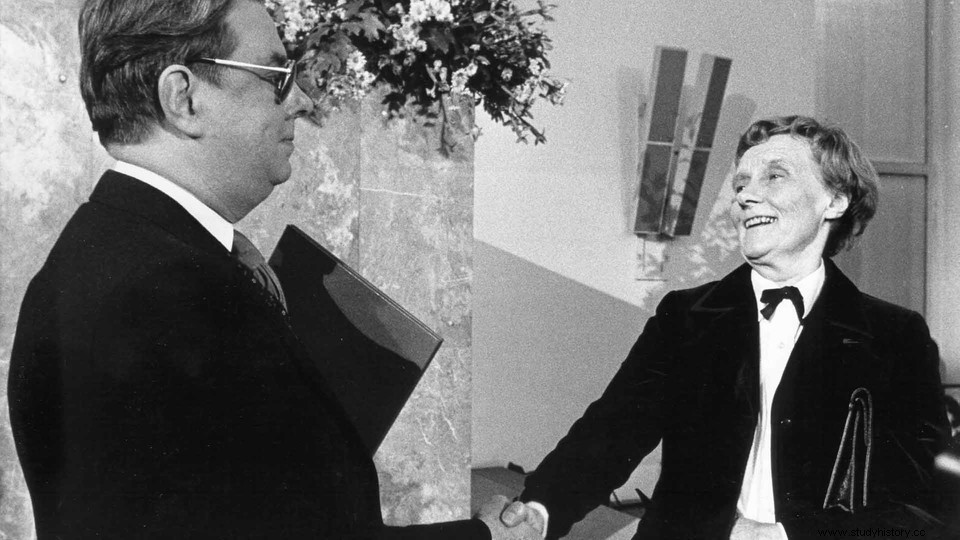
In 1978 Lindgren received the Peace Prize of the German Book Trade
Political engagement and late years
But Astrid Lindgren's activities were not limited to writing. From the 1970s onwards, she became aggressively involved in various political discussions.
In the 1980s she campaigned against the use of nuclear power. She spoke out against factory farming and for agricultural reform. With their help, a stricter animal protection law came into force in Sweden in 1988, which was named "Lex Lindgren" (Lindgren Act) in their honor.
As she grew older, Astrid Lindgren climbed trees – much to the delight of photographers –, played with her great-grandchildren, travelled, gave interviews and responded to fans around the world.
Decorated with many awards, she was voted the most popular Swede of the century in 1999. Surrounded by her family, Astrid Lindgren died on January 28, 2002 at the age of 94 in her home in Stockholm.
